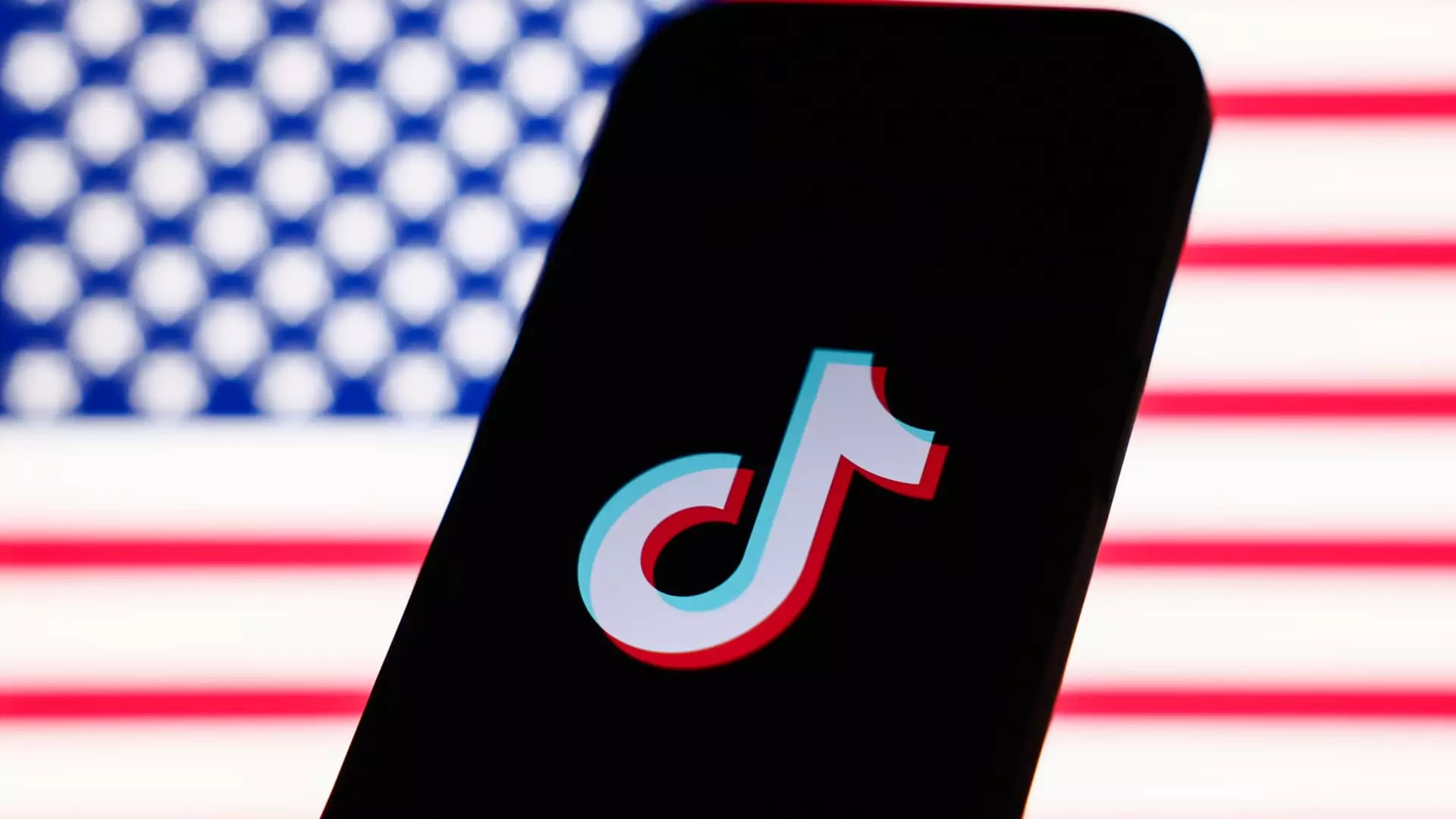TikTok, the globally popular social media platform known for its short-form videos, is facing significant challenges in the U.S. market. With the looming threat of a potential ban and the possibility of a forced sale by its parent company ByteDance, the economic ramifications are profound. This article delves into the current landscape of TikTok in the U.S., analyzing the potential financial costs associated with a sale, the regulatory environment, and what future scenarios might unfold.
The financial assessment of TikTok’s U.S. operations is staggering, with estimates ranging from $30 billion to $50 billion. Angelo Zino, Senior Vice President at CFRA Research, pegged the valuation at $40 billion to $50 billion, based on user statistics and revenue projections against competitors. Such figures highlight the robust foundation TikTok has established, boasting around 115 million monthly active users, slightly trailing behind Instagram’s 131 million. The immense user engagement demonstrates TikTok’s relevance in the highly competitive social media sector, overshadowing platforms like Snapchat and Reddit.
However, the challenged geopolitical climate, particularly post the U.S. government’s security concerns, has significantly impacted perceived value. In March 2024, Zino’s valuation reached over $60 billion, only to be downgraded following increased regulatory scrutiny and adverse political sentiment. This reduction reflects broader industry trends; analysts are observant of how external factors, including international relations and market dynamics, can swiftly alter the landscape for tech companies, especially those with foreign ties.
One stark reality surrounding a potential sale is the regulatory framework that any prospective buyer must navigate. Given that the algorithms that power TikTok’s recommendation engine are excluded from the sale, acquiring the platform without these vital resources might render any new ownership incapable of replicating its current model of success. This restriction raises fundamental questions: Can any suitor truly leverage the platform’s user base and monetization channels without the core technology that propels user engagement?
Regulatory scrutiny extends beyond the algorithms. The U.S. government continues to express concerns over data privacy and national security, with companies like Apple and Google potentially facing penalties if TikTok remains operational after a verdict is reached. This environment of uncertainty could deter prospective buyers from making substantial investments, knowing that operational challenges may emerge post-acquisition.
Analysts from Bloomberg Intelligence have cautioned that finding buyers who are financially robust enough to afford TikTok’s valuation while also adept at navigating complex regulatory landscapes is no small feat. The prospect of a “forced sale” generates a discount on the assessed value, emphasizing the urgency and external pressures impacting negotiations.
Despite these challenges, interest from major players has surfaced. Notably, billionaire Frank McCourt and Kevin O’Leary have expressed tangible interest in acquiring TikTok’s U.S. operations, although their offered valuation stands at $20 billion, notably lower than CFRA’s estimates. O’Leary has claimed that his consortium’s bid would avoid regulatory hurdles, positioning it as a potentially easier route. This claim raises questions regarding the viability of alternative solutions that could sidestep governmental scrutiny.
Meanwhile, the looming possibility of a sale or ban has broad implications for the digital marketing landscape. With TikTok’s robust ad revenue streams, any disruption could shift advertising dollars elsewhere, affecting broader market dynamics. Businesses relying on TikTok for outreach and consumer engagement may need to pivot to alternative platforms, further destabilizing the digital advertising ecosystem.
The fate of TikTok’s operations in the U.S. hangs in the balance, influenced by fluctuating valuations, rigorous regulatory frameworks, and strategic moves by potential buyers. While the platform retains significant user engagement, its survival in the U.S. market remains uncertain. Business leaders must closely monitor the evolving landscape, as the developments surrounding TikTok may ultimately rewrite the rules of engagement in the social media domain. The resolution of these issues will not only shape TikTok’s future but will also underscore the complexities inherent in global digital enterprise amidst national security concerns.

